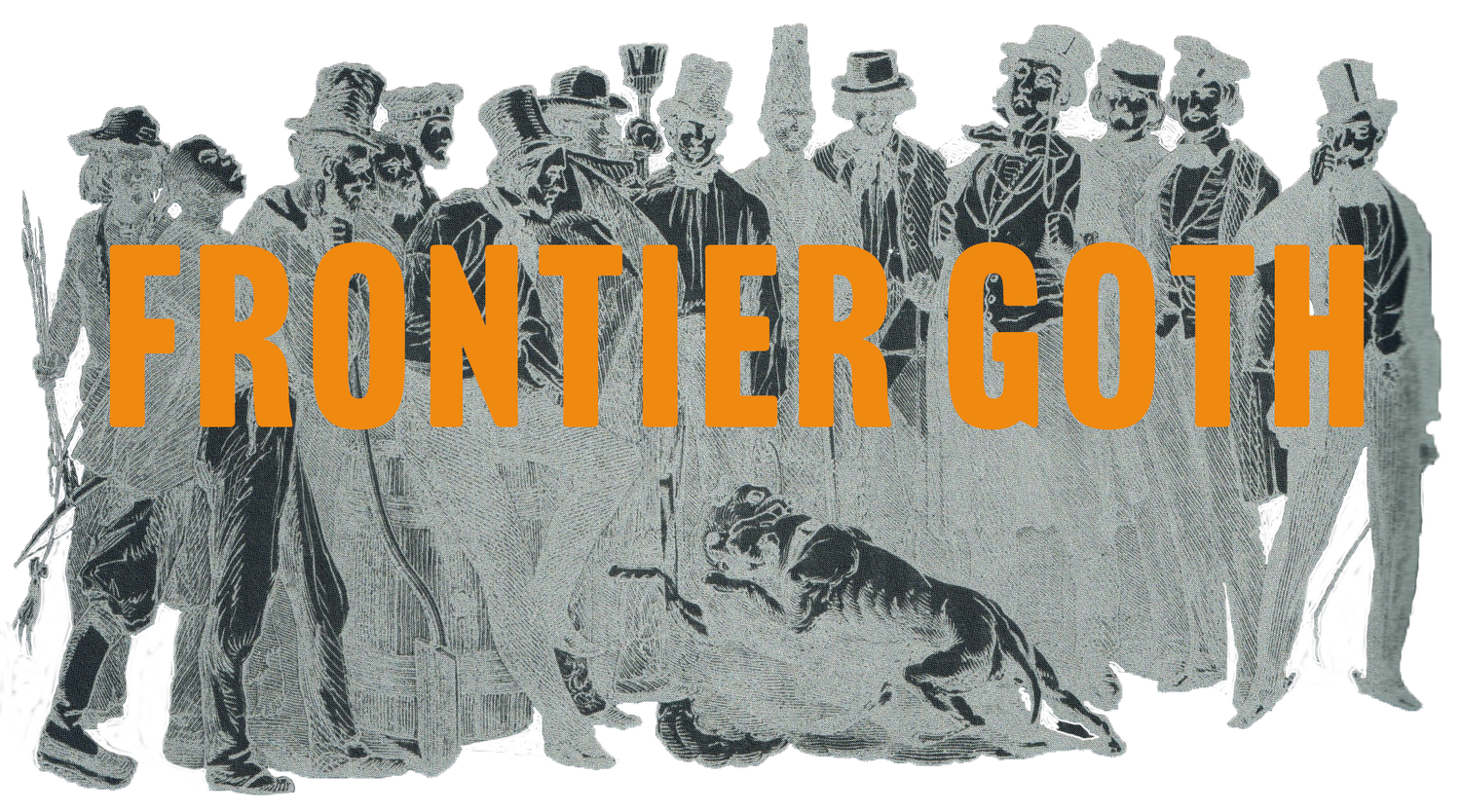This Is Enlightenment by Clifford Siskin and William Warner
“From about 1450 information began to be stockpiled in Europe on a radically new scale. This stockpiling depended upon material conditions including the displacement of parchment by paper, the decreasing cost of paper, and the increased use of blank notebooks and paper slips, which coincided with a proliferation of printed matter. The stockpiling also depended on new cultural attitudes that valued expansive collections of many kinds for long-erm storage. We call this new cultural attitude ‘info lust.’ The accumulations of textual matter it drove prompted experimentation with new methods for storing, retrieving, and disseminating information. These built on medieval inventions such as the alphabetical index and ordinated layout, but also involved innovations such as filing systems that began to be widely adopted in the late fourteenth and early fifteenth centuries, by which letters and other documents were strung together on a piece of string. (‘File’ is derived from the Latin filum, meaning a thread.) Printing also facilitated new kinds of finding devices, starting with page numbers. Probably less than 10 percent of manuscript books had folio or page numbers in 1450. By the end of the fifteen century, the great majority of new printed books were either foliated or paginated. The development of folio and page numbers coincided with the standardized organization of the Bible by chapter and verse.”
-Ann Blair and Peter Stallybrass, 2010


